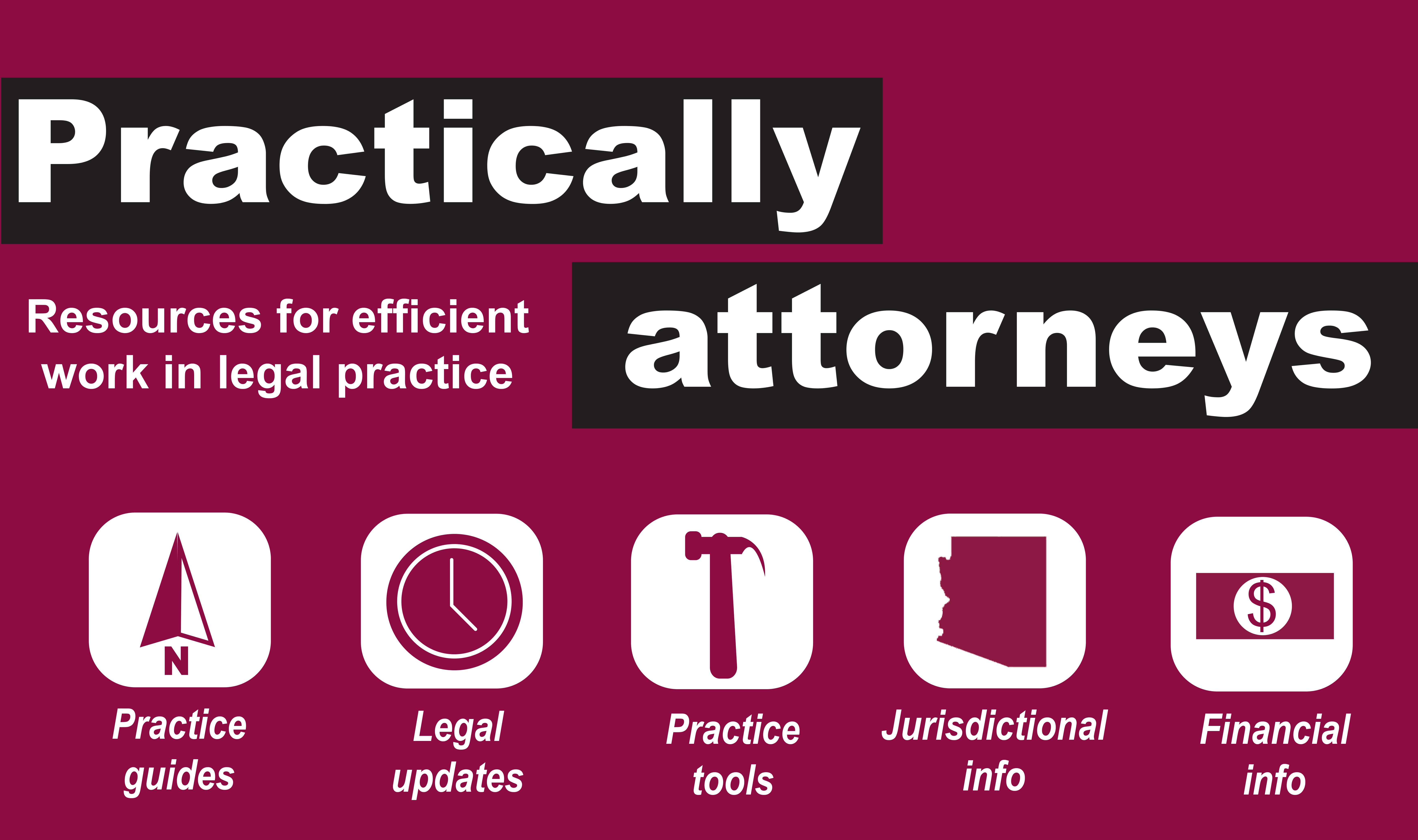 We know that the tradition of Thanksgiving has been celebrated since colonial days. But do you know how it became a Federal Holiday?
We know that the tradition of Thanksgiving has been celebrated since colonial days. But do you know how it became a Federal Holiday?Some states disagreed with this decision and decided to stick with celebrating Thanksgiving on the final Thursday, Nov. 30; while others observed the Nov. 23 celebration, which became known colloquially as “Franksgiving.”
To end any confusion caused by Thanksgiving presidential proclaimations, Congress passed a joint resolution on October 6, 1941, that Thanksgiving would be observed on the fourth Thursday of November. Roosevelt signed the bill into law on December 25, 1941, thereby making Thanksgiving a matter of federal law.
You can learn more about Thanksgiving Day’s political journey from the Franklin D. Roosevelt Presidential Library and Museum and the Library of Congress Thanksgiving Timeline.



